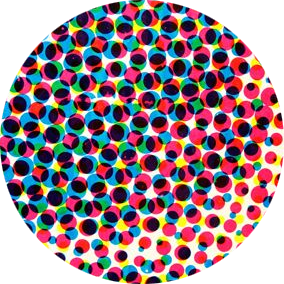The Joker as Emblematic Golden Age Supervillain

In the beginning, Golden Age superheroes fought corrupt capitalists & gangsters. But it soon became clear this new type of hero needed a new type of foe—the supervillain. The Joker, introduced in Batman #1 (1940), is emblematic of this new character type. 1/12




Ming is a takeoff on another important precursor: Dr. Fu Manchu, introduced in novels by Sax Rohmer beginning in 1913 before making the jump to radio, comics, and film. Fu Manchu combines the criminal mastermind and mad scientist archetypes—with a heavy helping of racism. 5/12

In addition to the obvious racial caricature that attends visualizations of Fu Manchu, the character embodies xenophobic “Yellow Peril” stereotypes wherein the supposed barbarism of East Asians represents an existential—an insidious—threat to the Western world. 6/12

Notably, a Fu Manchu-esque character adorns the first cover of Detective Comics—the same anthology that would introduce Batman two years later. This emphasizes the recognizability & marketability of this archetype just as superheroes were getting set to enter the fray. 7/12

The Joker is not a racial caricature. And yet, his visualization and characterization can be described as broadly influenced by racist villains like Fu Manchu and, more generally, the phrenological conceit that one’s capacity for criminality is written on the body. 8/12

By the early 20th century, phrenology was largely discredited as a legitimate science. But the plates of criminal “types” from 19th century phrenology textbooks influenced the police mugshot, a form of representation with considerable currency amid the 1930s gangster panic. 9/12

Mugshots share with phrenology the promise of revealing a supposed deviant’s inner character. With the Joker, there’s no guessing–he’s an expressionistic gangster caricature whose lithe body, horrific grin and ghastly makeup are overtly uncanny & potentially gender deviant. 10/12

But, similar to both Fu Manchu & Prohibition era gangsters like Al Capone, the Joker is both frightening and captivating, in part because of the specific ways he breaks the rules–flagrantly and shamelessly, delighting in his own chaotic assault on institutions of power. 11/12

This complexity is key to the endurance of any good supervillain. It’s also key to understanding the relationship between superheroes & supervillains. These characters might not invert so much as reflect each other, indulging similar fantasies of power in different veins. 12/12
